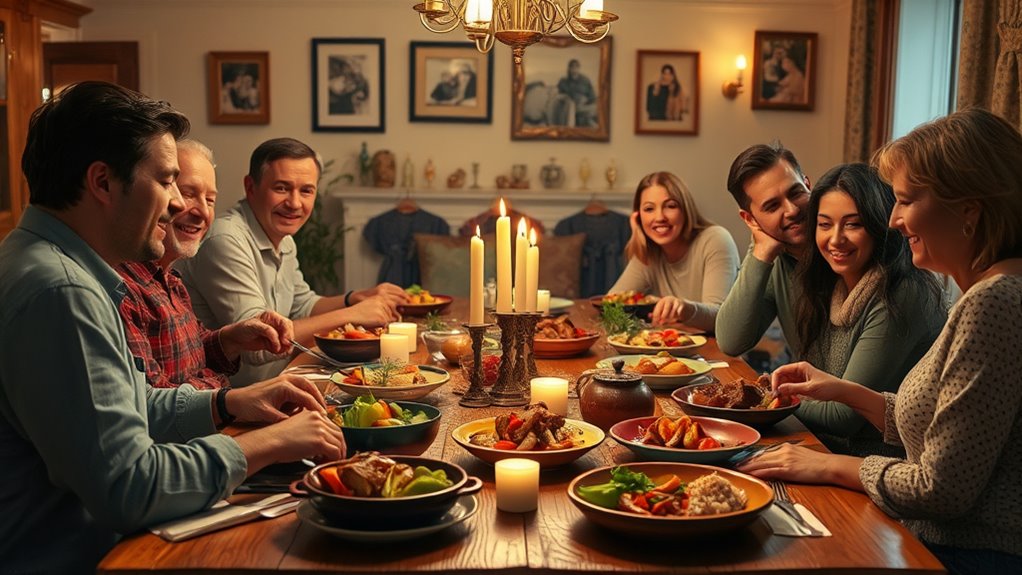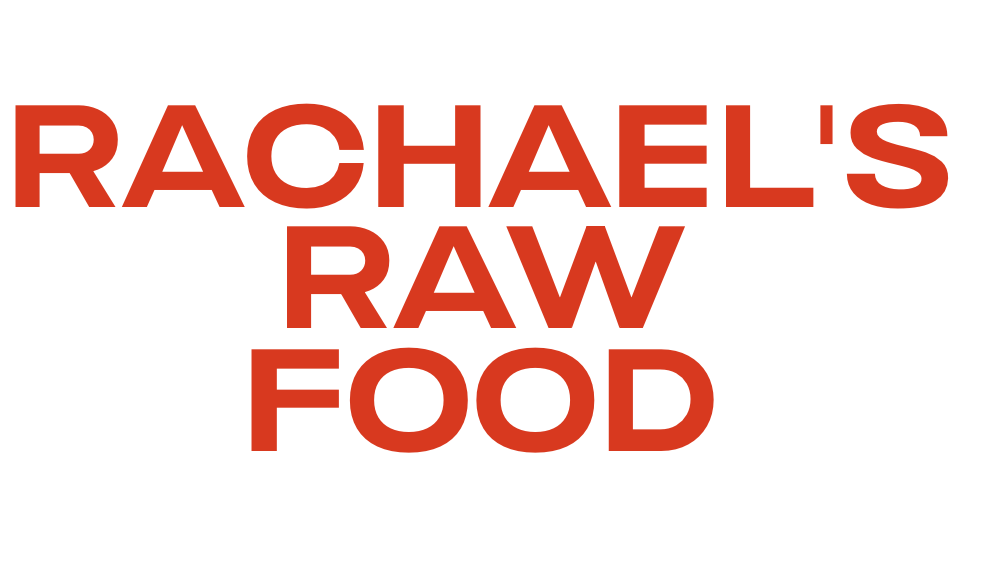When some family members avoid raw foods, plan meals with a mix of cooked and raw options to suit everyone. Prepare cooked dishes like roasted veggies or grilled proteins alongside fresh fruit and veggie platters. Involve your family in choosing ingredients and prep tasks to make mealtime enjoyable for all. With thoughtful planning and communication, you can create balanced, inclusive meals that everyone will enjoy—continue exploring for more helpful ideas.
Key Takeaways
- Prepare separate raw vegetable and fruit platters alongside cooked options to accommodate raw-eaters and those who prefer cooked foods.
- Incorporate a variety of textures and flavors in meals to ensure enjoyment for all family members.
- Communicate dietary preferences clearly and plan meals that include both raw and cooked components.
- Use batch cooking to prepare versatile ingredients that can be served raw or cooked, simplifying meal assembly.
- Involve family members in meal planning and prep to foster understanding and ensure everyone’s needs are met.

Sharing family meals can be challenging when not everyone eats raw foods, but with some planning, you can create enjoyable dining experiences for everyone. One effective way to do this is by implementing meal prep strategies that streamline the cooking process and help you manage different dietary restrictions. By preparing ingredients in advance and organizing your meals, you reduce the stress of last-minute decisions and ensure there’s something for everyone on the table. For example, you might cook a batch of grilled chicken and roasted vegetables that can be served in various ways—sliced on salads, added to wraps, or served alongside cooked grains. This approach makes it easier to cater to individual preferences and restrictions without starting from scratch each mealtime.
Meal prep can streamline family dinners and cater to various dietary needs effortlessly.
When accommodating dietary restrictions, it’s essential to communicate with your family members about their needs and preferences. Some might avoid raw foods due to health reasons, allergies, or personal choice. Having a clear understanding allows you to plan meals that include both cooked and raw options, so everyone feels included. For instance, you could prepare a platter of raw vegetables and fruits for those who enjoy raw foods, while offering cooked versions for others. This way, each person can choose what suits their dietary needs without feeling left out. Additionally, storing ingredients separately during meal prep helps prevent cross-contamination and makes it easier to customize individual plates.
Involving your family in meal planning and prep can also make a big difference. When everyone participates, they’re more likely to feel invested in the meal and open to trying new foods. You can assign simple tasks like washing vegetables, assembling salads, or setting the table. This collaborative effort not only saves you time but also fosters a sense of shared ownership in the meal. As you experiment with different meal prep strategies, keep notes on what works best for your household and what doesn’t. Over time, you’ll develop a system that accommodates everyone’s dietary restrictions efficiently, reducing stress and increasing meal satisfaction.
Finally, be flexible and creative. Incorporate a variety of textures and flavors, and don’t hesitate to offer multiple options for each course. This way, even if some family members prefer raw foods and others don’t, everyone can find something they enjoy. With thoughtful planning, communication, and a bit of teamwork, family meals can be both nourishing and enjoyable—even when dietary restrictions differ.
Frequently Asked Questions
How Can I Include Raw Eaters and Non-Raw Eaters in the Same Meal?
You can include raw eaters and non-raw eaters in the same meal by thoughtfully planning your meal presentation. Serve cooked dishes alongside raw options, ensuring raw food safety by keeping raw items chilled and separate. Use visually appealing platters to display raw foods, and create a balanced plate with cooked sides. This approach allows everyone to enjoy their preferred foods comfortably, fostering shared mealtime without compromising safety or presentation.
What Are Safe Ways to Prepare Raw and Cooked Foods Together?
Think of your kitchen as a busy highway where food safety is the traffic cop. To prepare raw and cooked foods together safely, keep raw items separate, use dedicated cutting boards, and wash hands thoroughly. Store raw foods below cooked ones in the fridge to prevent cross-contact. Effective meal planning helps you avoid hazards, ensuring everyone enjoys a safe, delicious meal without worry.
How Do I Prevent Cross-Contamination Between Raw and Cooked Dishes?
To prevent cross-contamination, follow strict cleaning protocols and always separate utensils for raw and cooked foods. Use different cutting boards and wash all surfaces thoroughly after handling raw items. Keep raw meats away from ready-to-eat dishes, and never reuse utensils without washing them first. By maintaining these practices, you guarantee food safety and reduce the risk of harmful bacteria transferring between raw and cooked foods.
What Are Kid-Friendly Recipes for Mixed Raw and Cooked Family Meals?
Think of kid-friendly recipes like a symphony where raw and cooked ingredients play in harmony. You can serve smoothie bowls topped with fresh fruit and nuts alongside roasted vegetable salads with grilled chicken. These dishes are colorful, fun, and healthy, making them perfect for mixed raw and cooked family meals. Kids love the vibrant textures and flavors, turning mealtime into an enjoyable adventure while keeping everyone’s dietary needs in sync.
How Can I Accommodate Dietary Restrictions During Family Meals With Raw Options?
To accommodate dietary restrictions during family meals with raw options, you should focus on maintaining nutritional balance and appealing meal presentation. Offer a variety of raw and cooked dishes tailored to individual needs, like gluten-free or dairy-free options. Use colorful vegetables and attractive plating to make the meal inviting. Communicate openly with family members about their restrictions, ensuring everyone feels included and satisfied while enjoying a well-rounded, visually appealing meal.
Conclusion
Even when not everyone eats raw, family meals can still be warm, inclusive, and enjoyable. For example, imagine hosting a dinner where some guests prefer cooked dishes, so you prepare a vibrant vegetable stir-fry alongside a hearty salad. By offering versatile options, everyone feels valued and satisfied. Remember, the key is flexibility and creativity, turning mealtime into a bonding experience that respects each person’s preferences while fostering a sense of togetherness.










